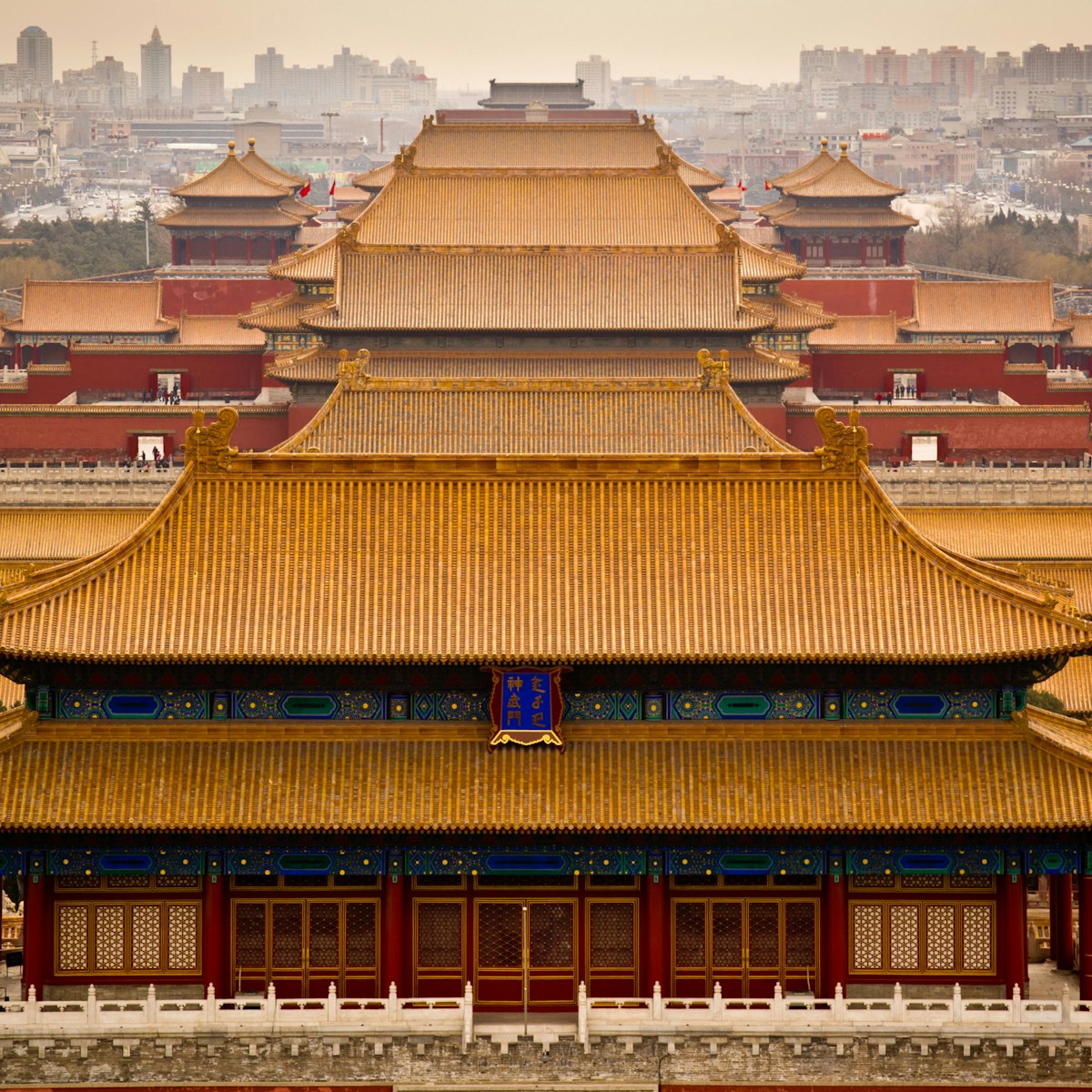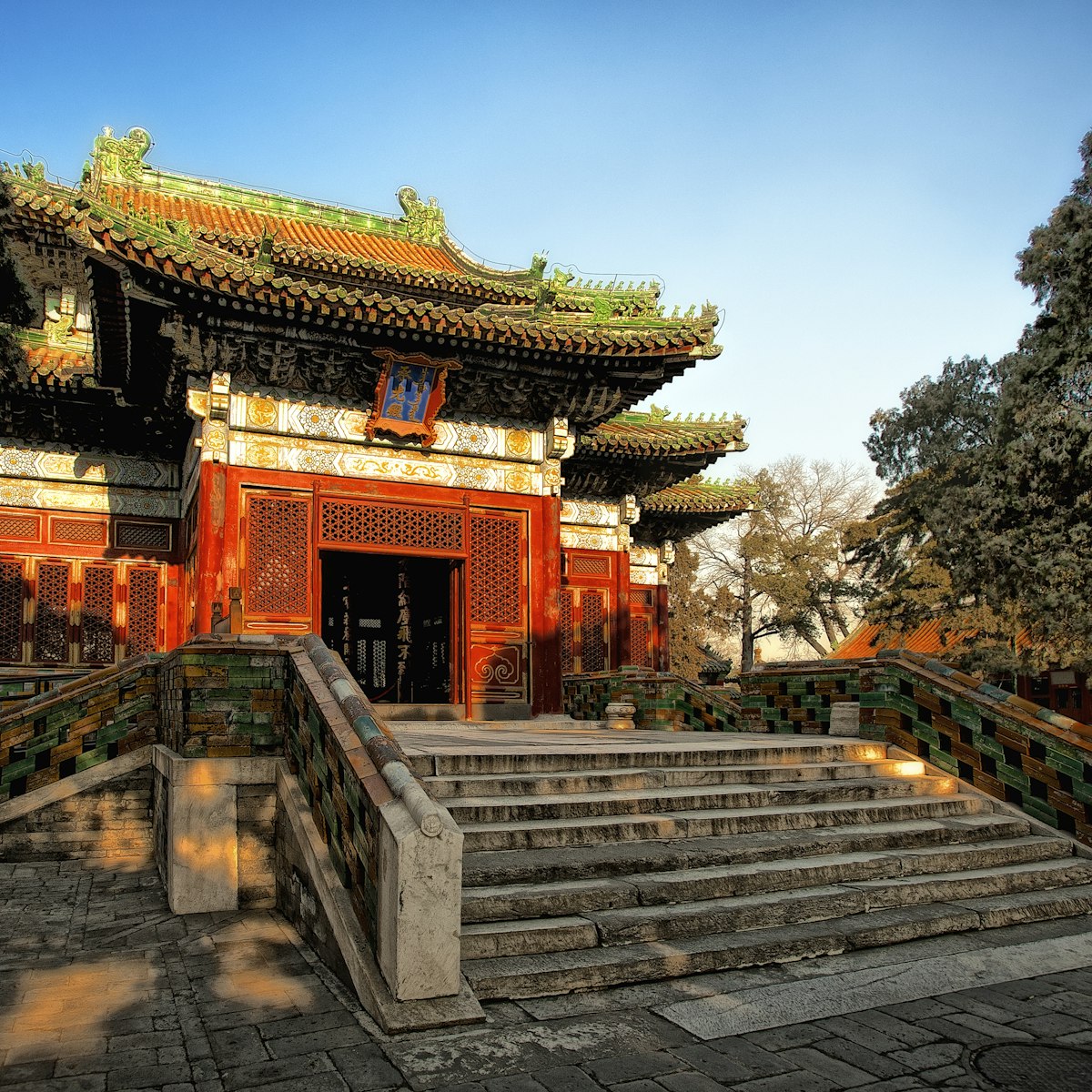Ghost Street's rep as Beijing's most famous restaurant strip tends to flummox overseas visitors when they discover that, instead of Peking duck or other local eats, it's mostly Sichuan-style 'mala' (spicy and mouth-numbing) crayfish, or bowls of frog, fish or beef in hot chilli oil, gobbled up until dawn along with copious bottles of beer. Hu Da, with five restaurants along the 1.5km strip, is wildly popular for its crayfish, with huge queues every evening.
For something less spicy, Fu De Yu Hotpot is a tiny eatery specialising in Beijing-style shuàn yángròu (mutton hotpot).
'Ghost Street' is a translation of the street's original nickname, which could derive from the ghostly lanterns illuminating a night market here during the Qing dynasty, or the way corpses were transported out of the city via the gate at Dongzhimen. In the 1980s, the superstitious authorities changed the character from 鬼 ('Guǐ') to 簋 ('Guǐ'), so now it doesn't mean 'ghost', but rather a type of ancient bronze food vessel.







